Why Major SSPs Monetize the Majority of the Web's Low-Quality Websites
September 18th, 2023
As featured on Adweek
Removing junky supply is harder than it sounds
Despite the industry’s efforts, low-quality supply continues to be a regular component of the programmatic supply chain, according to July’s Jounce Media report, which found that top supply-side platforms (SSPs) often sell as much inventory from premium publishers as sub-premium.
Inventory classified as sub-premium includes made-for-advertising sites, non-viewable ad placement, and inventory that could only be reached by unnecessarily long supply chains with extra hops. Premium supply, by contrast, offers a direct path to content proven to influence consumer purchase decisions, per the report.
Media quality has been a prominent agenda item this year, with the industry developing initiatives to stop money from flowing to made-for-advertising websites, spammy websites that are more in the business of gaming programmatic algorithms than serving readers. But wiping out junky supply is harder than it sounds.
“You cap your opportunity if you do not sell the junk,” said Chris Kane, founder of Jounce Media.
Within web environments, some of the largest SSPs, those that have the rights to monetize nearly 100% of the web’s premium supply, also monetize nearly all of the web’s sub-premium supply, Jounce found. There are some exceptions, the report found, which included Kargo, TrustX and Colossus SSP. Kargo, for example, monetizes 60% of the web’s premium supply and no sub-premium supply, having removed the trace amounts it did monetize after the report came out.
Jounce determined which SSPs had the rights to sell which inventory by combing through ads.txt and sellers.json files, which log the vendors that are allowed to sell the inventory.
The data shows that poor-quality media is routinely sold. SSPs are a fitting vector for analysis because they serve as a clearinghouse for all the content available to sell on the web. But SSPs are just one actor in a broader system that incentivizes the monetization of low-quality content, according to six industry sources. Agencies want to show good performance metrics to their clients at cheap prices, something MFA sites are designed to do. Publishers have long sought to juice demand, which can make supply chains convoluted. And middlemen ad-tech vendors don’t want to miss a sale.
Removing sub-premium inventory
So long as brands buy sub-premium inventory, SSPs feel they’ll give business to their competitors if they don’t sell it, Kane said.
When Jounce released its first report on MFA sites in 2021, a major SSP got in touch to say that while they didn’t monetize that inventory—and realized it was subpar—they had to make a change if their competitors were making money off it.
“Over the course of six months, they onboarded every MFA publisher,” Kane said. “Which is reasonable … that is a business incentive that SSPs have.”
Five years ago, an SSP tried to turn off low-quality supply, explaining that these websites perform well on vanity metrics like viewability but do not drive real business outcomes, said an executive who requested anonymity to discuss private company matters.
However, after turning off the inventory, agency clients of the SSP complained that their brand clients would be disappointed by the lower metrics. The SSP then sought to educate in-house brand media buyers, then CMOs and even CEOs, about the risk of relying on cheap, low-quality inventory, before realizing the task of removing this supply was more Sisyphean than expected.
“The entire fucking problem is marketing is a best guess of outcomes,” the executive said, noting the metrics so important to marketers are often unreliable. “Systems got built up on these complex incentives.”
Breaking the cycle
While buyers looking for cheap performance metrics may perpetuate the sale of low-quality inventory, some industry practitioners have found a different path. Kargo, for example, emphasizes quality over scale in its pitch to marketers, said CEO Harry Kargman.
“We are the most premium, so buy us first,” Kargman said. “There is a narrative that the internet is unlimited. If you want to actually curate and have the best stuff, that is a more narrow and carefully selected group.”
Kargo’s model is not replicable for all SSPs because it also sells proprietary ad formats that can only be purchased via its SSP, a bespoke offering that large SSPs—which function more like commodities traders—don’t have, said Justin Wohl, chief revenue officer at Salon, TVTropes and Snopes.
Instead of removing inventory they feel is necessary for business, Wohl said SSPs could siphon off low-quality inventory into private marketplaces instead of just placing high-quality publishers in these cordoned-off environments, making premium the norm, not the exception.
“You shouldn’t stumble upon the inventory. You should knowingly choose that lower class of inventory because you’re trying for some volume play and performance play,” Wohl said. “It seems like brands have been duped by [low-quality inventory] being represented the same way as SSPs represent premium inventory.”
Some buyers have no trouble separating the wheat from the chaff. Three years ago, Keri Thomas, performance media director at Iris Worldwide, created an inclusion list of preferred publishers to run ads on, after noticing placement reports from programmatic campaigns that would be embarrassing to show clients.
Now, Thomas only runs campaigns on these sites and says that while viewability and video completion rates are down, business outcomes like sales are not.
“It’s not easy, but it’s totally possible,” she said, of running programmatic campaigns without junk.
